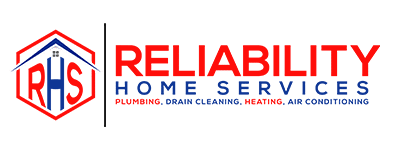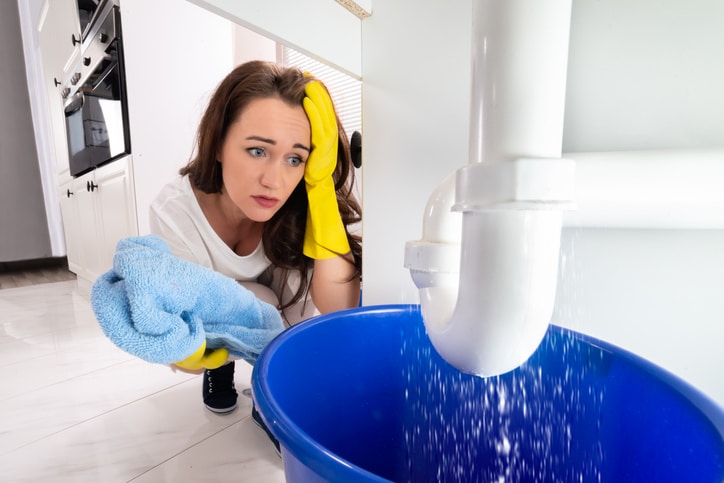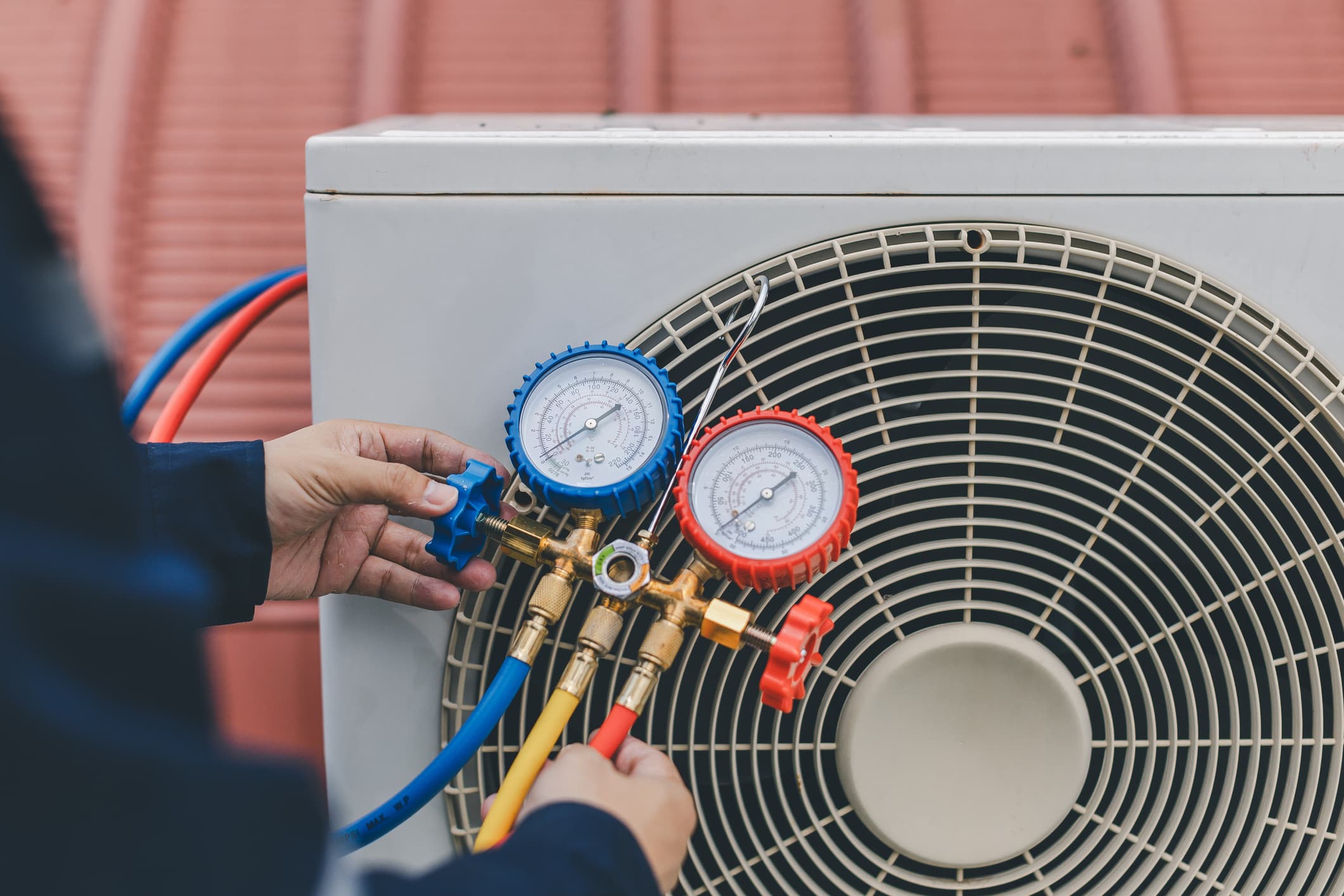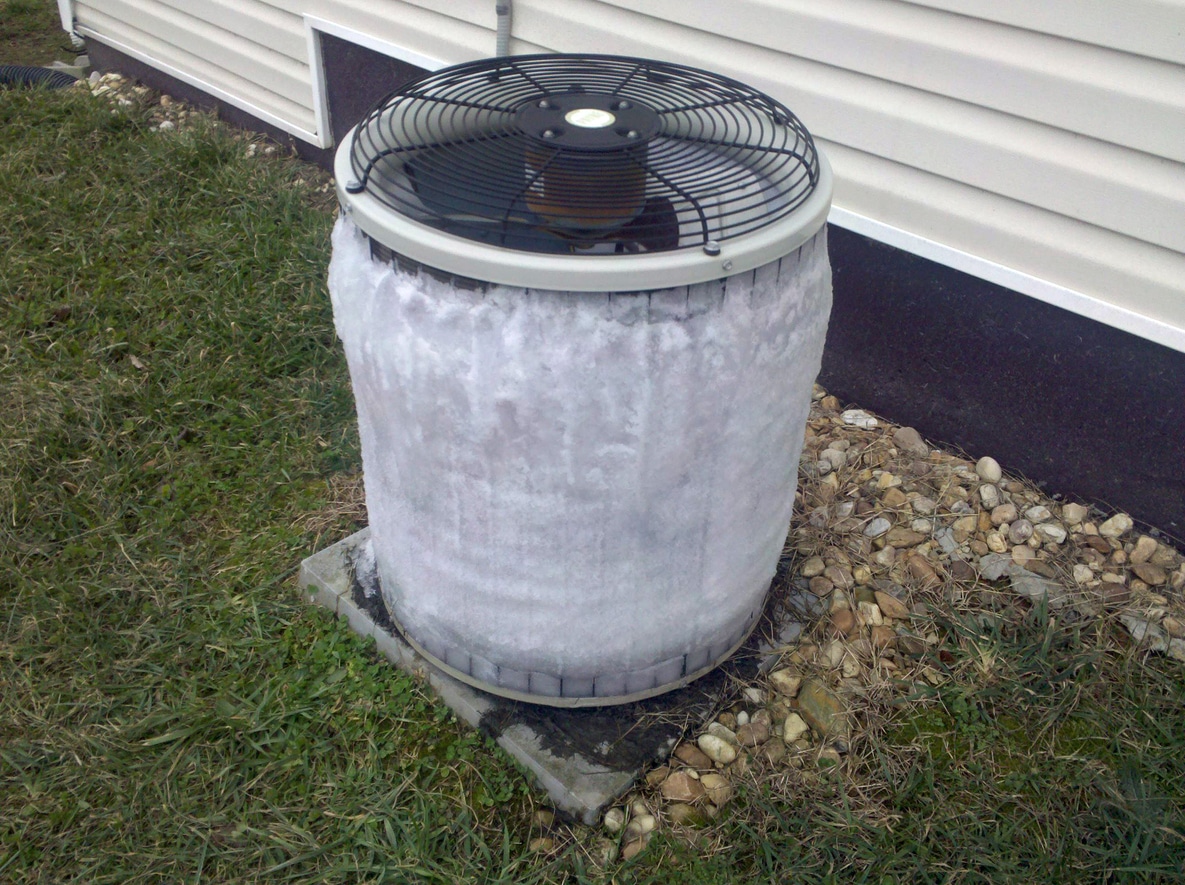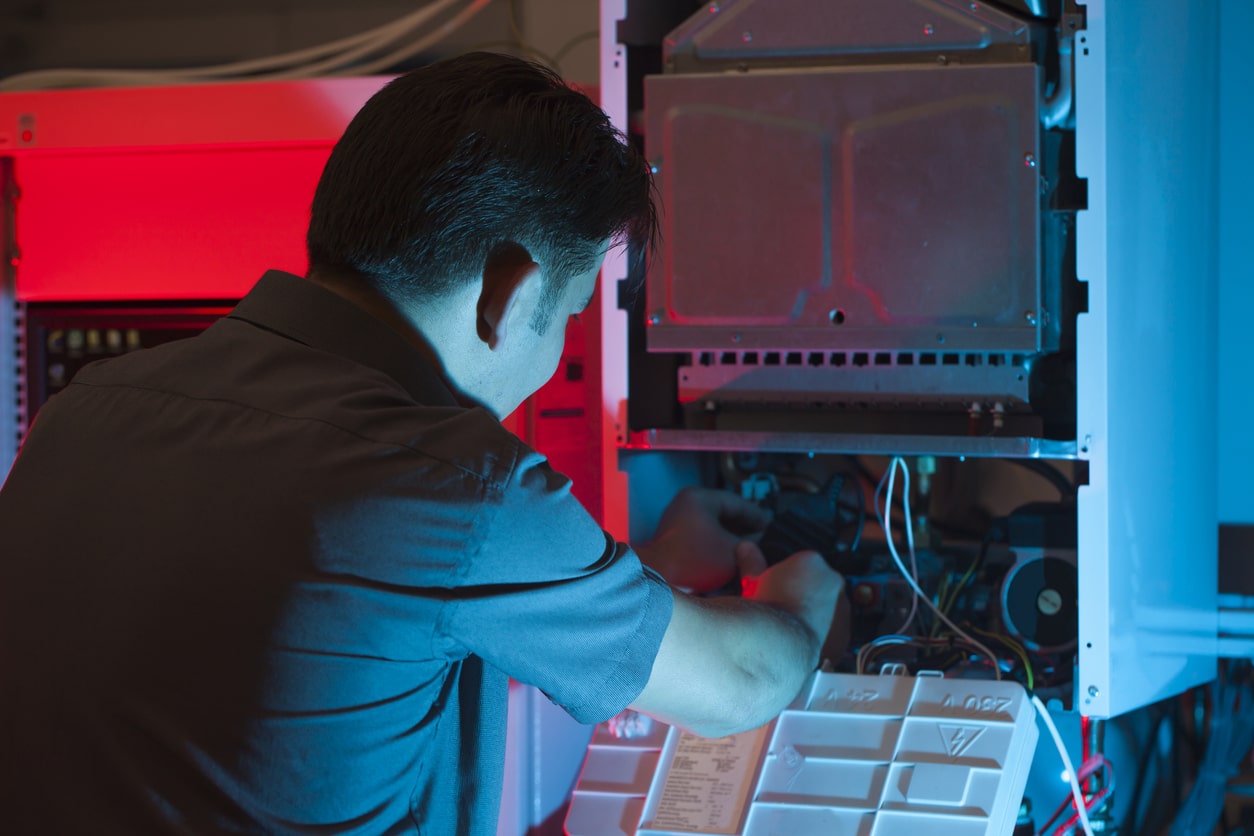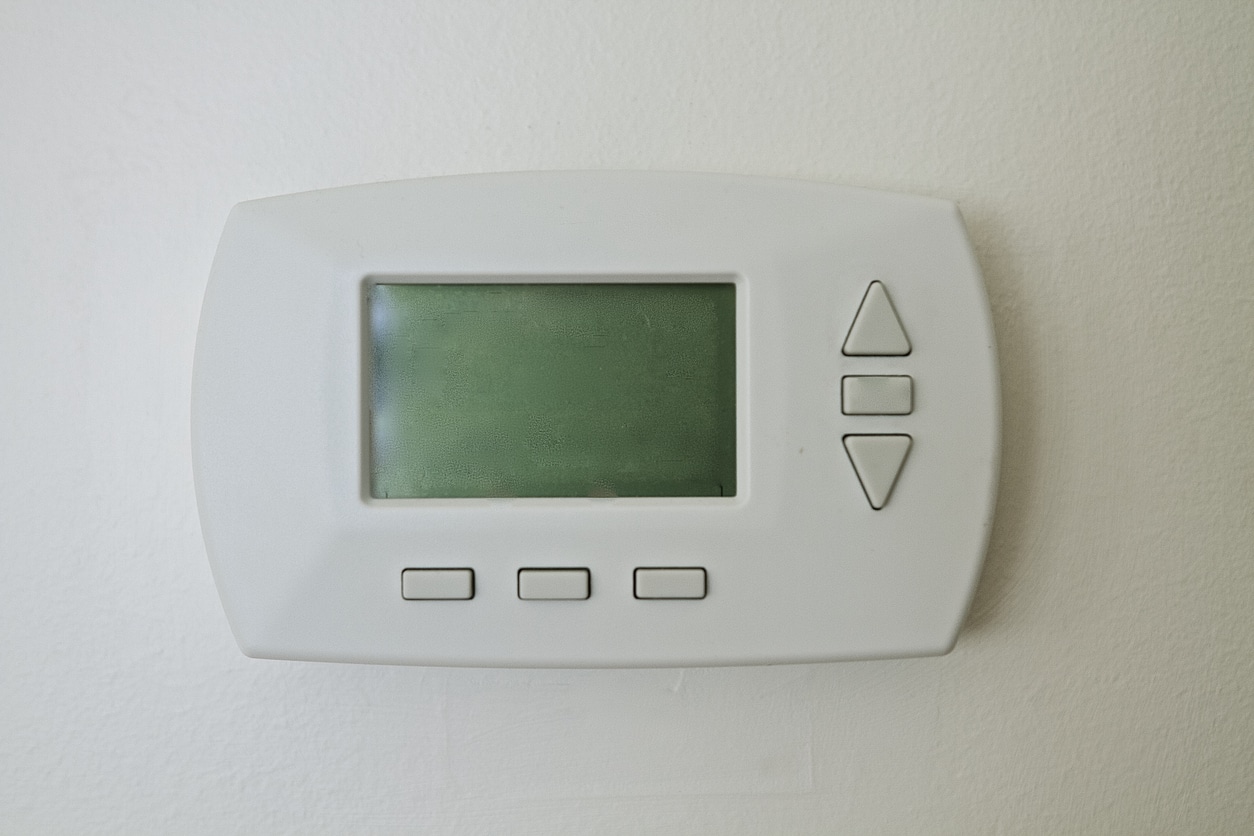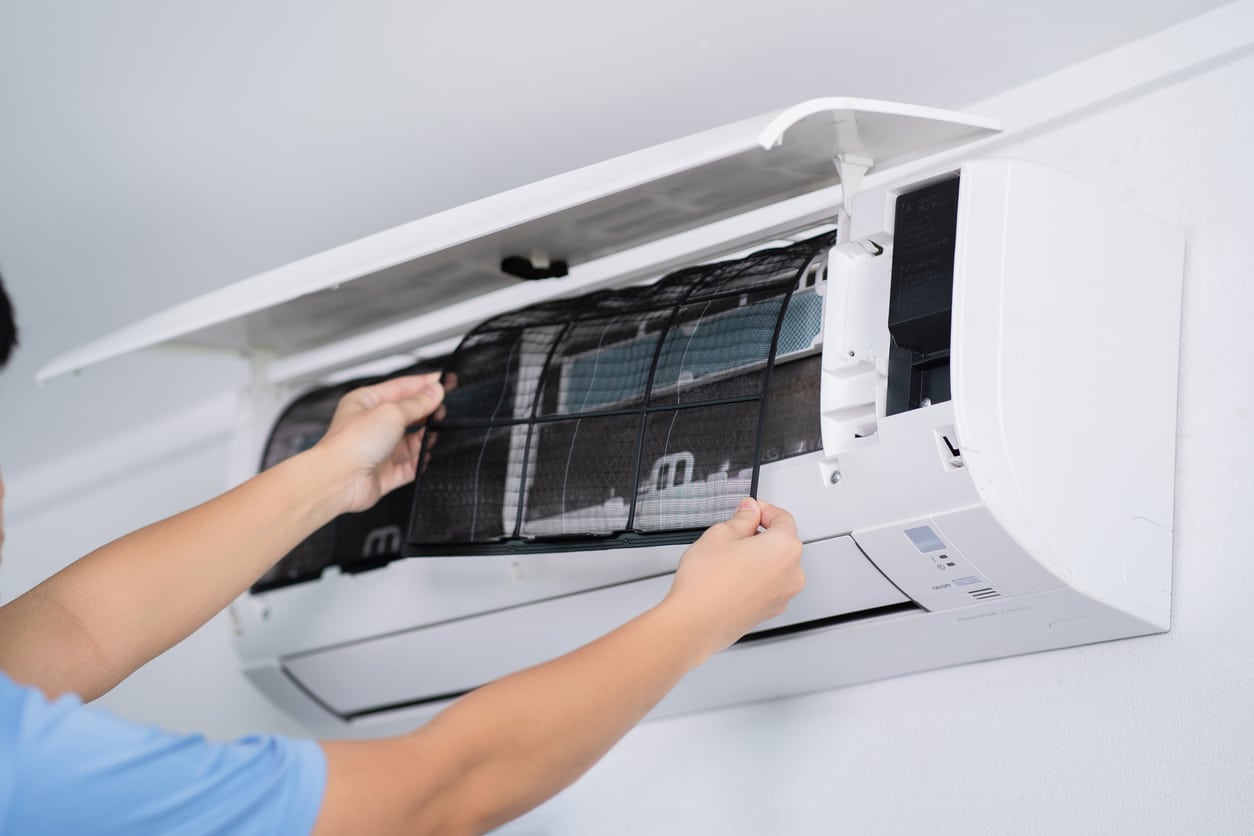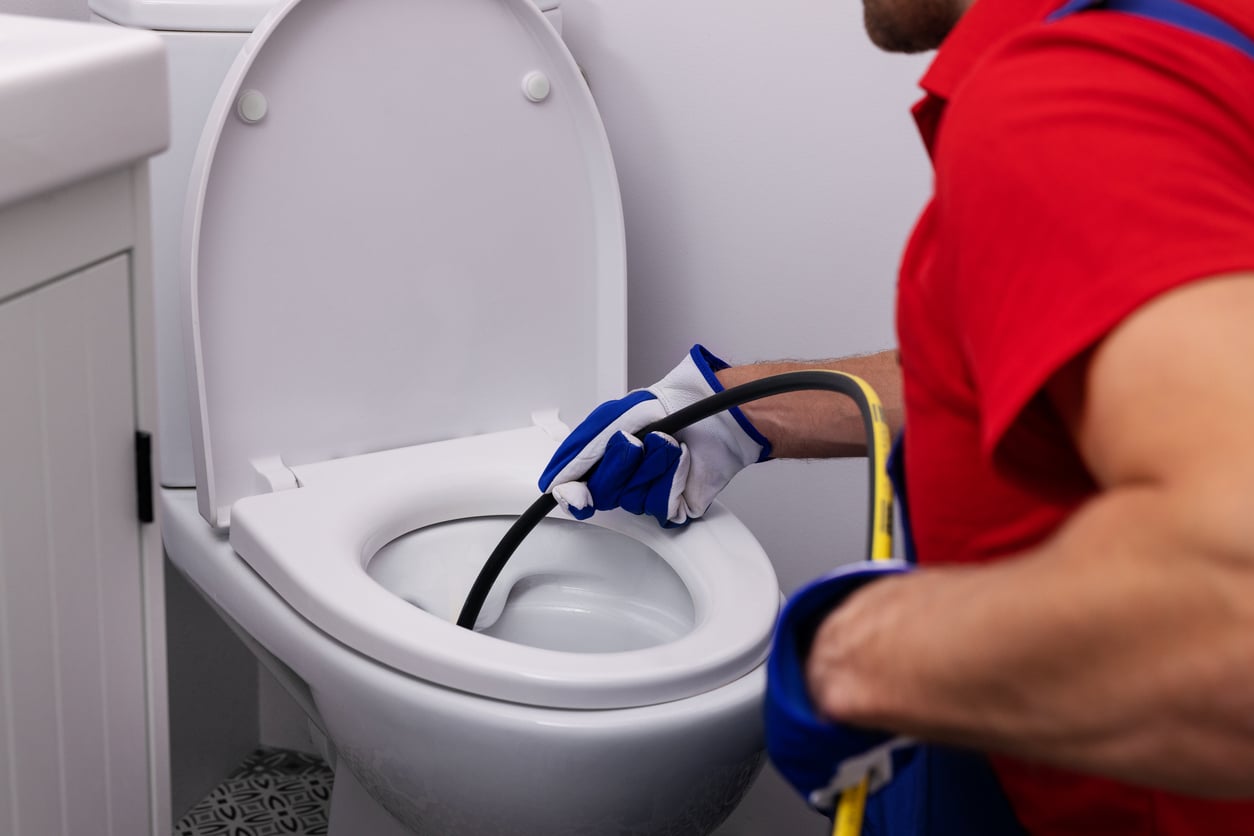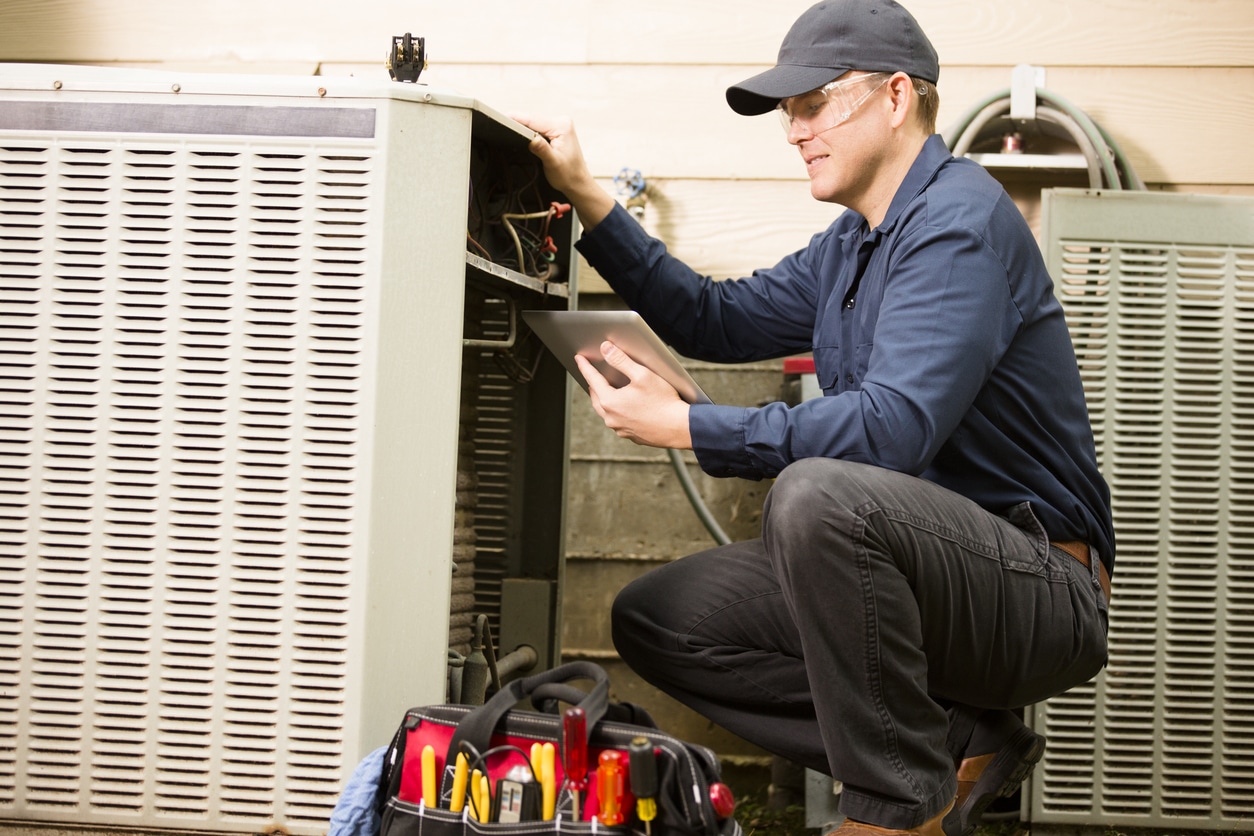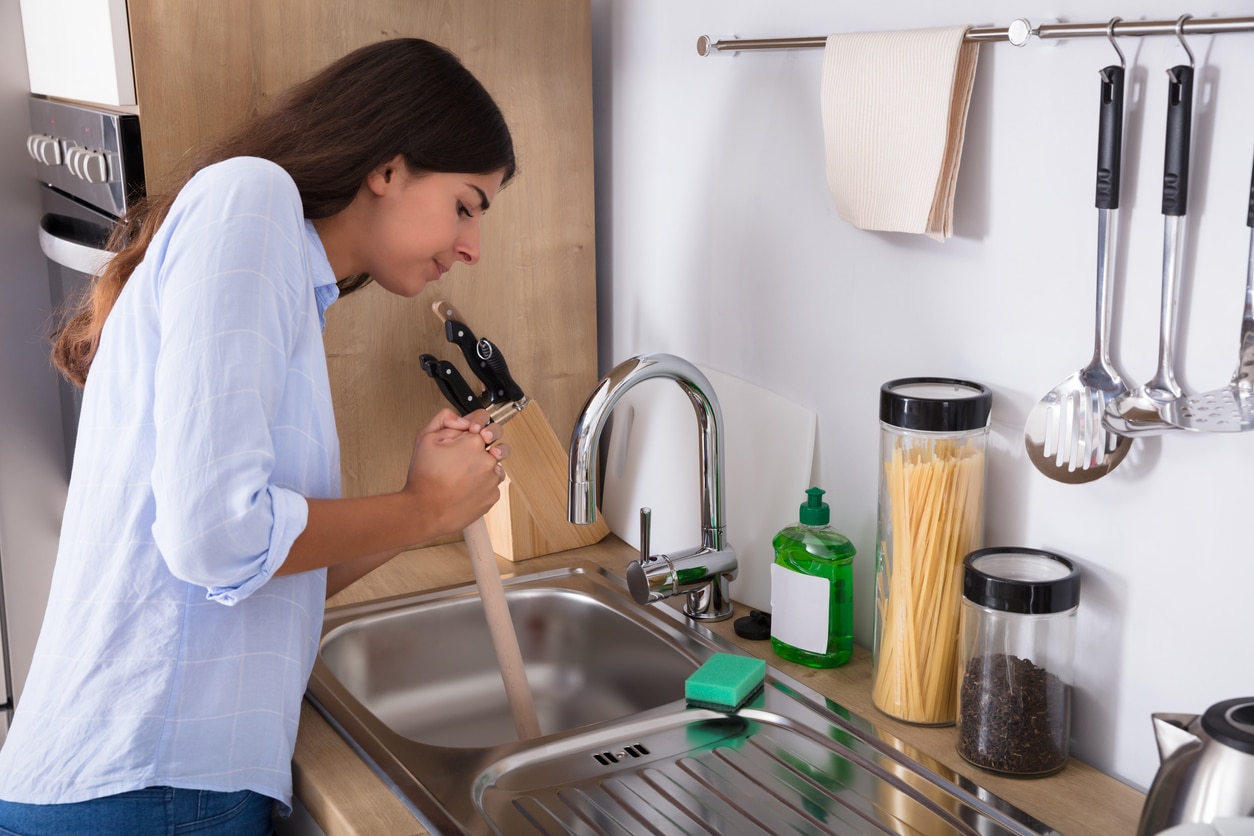Plumbing issues often sneak up on people. One minute, everything is fine. But suddenly, their plumbing is on the fritz and a plumbing repair service is on their way to address the issue. Although most homeowners don’t realize it, there are ways to identify plumbing problems before they need immediate attention. Learn about the most common plumbing issues that indicate future complications.
1. Leaky Faucet
Is that steady dripping of your faucet driving you crazy? In addition to being a nuisance, a leaky faucet wastes your money. More importantly, it’s a sign of a bigger plumbing issue. A leaky faucet could be something as simple as a worn internal washer. However, there could be another culprit that demands the expertise of a plumber. The dripping could be from high water pressure in your pipes. Over time, this pressure can do damage and result in a broken pipe. By calling a plumber, you prevent an emergency plumbing issue. 2. Clog in Your Sink
People don’t usually give a slow-draining sink a second thought. Unfortunately this is an inconvenience that deserves your attention. If your sink is slow to drain, there is probably a blockage in your pipes. Even though your clog doesn’t seem to have much of a current impact, it will cause trouble in the future. As time passes, more debris will accumulate. The clog could prevent water from flowing through your pipes and result in a broken pipe or an overflow of water. On your own, there are a few methods you can try to remove clogs. A plunger or a mixture of baking soda and vinegar might remove a small clog, but for larger clogs, you need the help of a plumber. If you try to use a chemical drain cleaner, you may damage your pipes. The best method of
clog removal is to contact a plumber.
3. Toilet Clog
If your toilet fills with water but doesn’t seem to drain, you probably have a clog in your plumbing or toilet. Ignoring this issue comes with a risk because human waste could make you sick. There are several potential causes of a clog in your toilet. If you have children, the clog could be from a child’s toys. Placing objects like flushable wipes and feminine hygiene products in your toilet may also result in clogs. To remove a toilet clog, you may need a plumber. When a plunger fails you, contact a plumber to remove the clog before water damage occurs. 4. Running Toilet
You might be able to temporarily fix a running toilet by jiggling the handle. However, this is only a bandaid to a more significant problem. You could have sediment that affects the flushing or filling of your toilet. At times, there’s a hidden leak somewhere in the toilet. More often than not, the issue is a faulty valve. That’s a problem you may be able to handle on your own, but everything else requires a plumber. If you don’t take action to stop your toilet from running, you could waste hundreds of gallons of water every day. 5. Bad Water Heater
Are you dissatisfied with your water heater? Don’t make the mistake of living with a lack of hot water or water that takes too long to heat up. If you notice a change in your water heater, your heater could be about to fail. Sometimes, the issue is a pilot light that needs to be relit. But there are other potential causes of water heater failure, such as sediment in the tank or a faulty thermostat. As soon as you notice a change with your hot water, contact a professional for a repair. Sediment in your water heater may seem minor, but it could completely prevent your water from heating up. If you wait too long to call an expert, you might need a new water heater. 7. Poor Water Pressure
Low water pressure makes life difficult. Without good water pressure, you might find it challenging to wash your dishes, clean your clothes, and have a decent shower. While those reasons alone should be enough to make you call a plumber, most homeowners ignore their poor water pressure. In the worst case scenario, your low water pressure is caused by corroded or broken pipes. This demands an immediate repair, as it could lead to a full break in your pipes. If you’re lucky, the issue is as simple as a clogged aerator. You could have minerals blocking the screen and slowing the water flow. To determine if the problem is the aerator, remove the screen and check it for minerals or sediment. You can remove mineral build-up with white vinegar. After you reinstall the aerator, check your water pressure. Call a plumber if you still have low water pressure. 8. Leaky Pipe
Water damage often causes property damage and mold growth, which can affect your health. For that reason, a leaky pipe isn’t something you should ignore. The longer a least persists, the worse the damage will become. If you attempt to place plumbing tape or DIY fix the leak, you could be in for more trouble. Something is causing your pipes to leak, and you need to identify the culprit. You could have corroding pipes or other damage. Until you have a plumber inspect your pipes, you can’t be certain you don’t have a serious plumbing issue. If you have an older home, your leaky pipe could be a sign it’s time to repipe your property. Years ago, pipes weren’t made to last. You might need to convert your pipes to a more modern material. Although this is an expensive fix, it could save you from needing frequent repairs. Act Quickly and Call Our Plumbing Repair Service
Even if you’re diligent about your plumbing maintenance, you could find yourself noticing signs of plumbing issues. And the longer you wait, the worse your repair will be. All of the instances above deserve some attention. However, anything out of the norm warrants attention from a plumbing repair service. If you suspect a problem, contact us at Reliability Home Services for immediate help. 